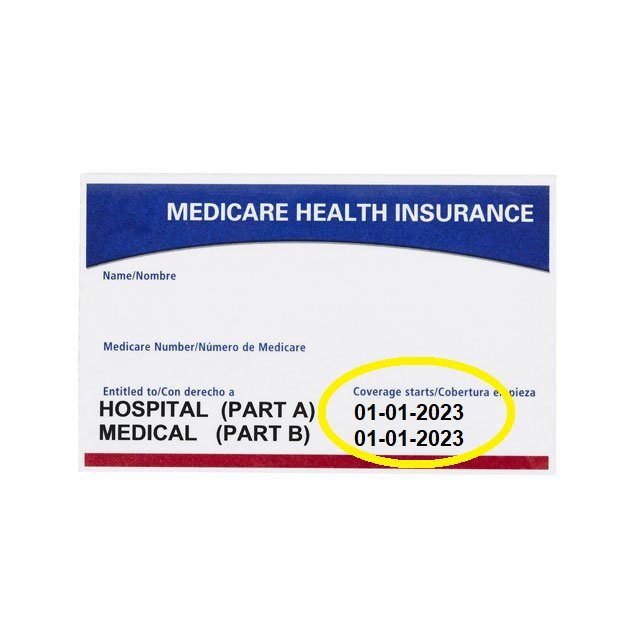Medicare Part B Premium to Fall 3.1% in 2023

What You Need to Know
The average Part B premium will be $164.90 per month.
Clients with annual income exceeding designated thresholds will have to pay higher premiums for Part B coverage.
Clients who pay Part A premiums will experience a modest increase.
Clients with Medicare Part B coverage will get a price cut in 2023.
The average premium will fall 3.1%, to $164.90 per month, from $170.10 per month this year, Medicare program managers announced today. The Medicare Part B coverage deductible will fall 3% to $226.
Officials at the Centers for Medicare and Medicaid Services (CMS) — the arm of the U.S. Department of Health and Human Services that runs Medicare — said Part B premiums will fall in 2023 because spending on a new Alzheimer’s drug, Aduhelm, and on other types of care turned out to be lower than expected.
See below for the Medicare Part B 2023 cost tables for single enrollees, married joint fillers and married people who file separate tax returns.
For the comparable 2022 cost tables, see the notice CMS published in the Federal Register in November 2022.
What It Means
The new 2023 Medicare cost announcement should give a small budget boost to clients who use “original Medicare” coverage outside of a Medicare Advantage plan wrapper.
In the long run, however, the impact will depend on why spending has been lower than expected.
If, for example, concerns about exposure to COVID-19 or the pressure of COVID-19 and response rules on health care facilities are causing some clients to skimp on preventive care and routine sick care, that could ultimately increase clients’ health care spending and Medicare premiums in the future.
Premium Cut Is ‘Big News’
Mary Johnson, a policy analyst with The Senior Citizens League, told ThinkAdvisor that the 2023 Medicare cost announcement came out earlier than she’d expected and that the premium cut is big news.
“There have only been two other times since Medicare was enacted in 1965 that the Part B premiums went down,” Johnson said.
Medicare Background
Medicare is a federal program that uses a combination of payroll tax contributions and enrollee premiums to pay for health care for people ages 65 and older, and for some people with disabilities, who are on dialysis or who have received or will be getting kidney transplants.
About 99% of Medicare Part A hospitalization coverage enrollees get the coverage “for free” because they have already paid for the coverage through their own payroll tax contributions, or because a spouse has paid for the coverage through the spouse’s payroll tax contributions.






